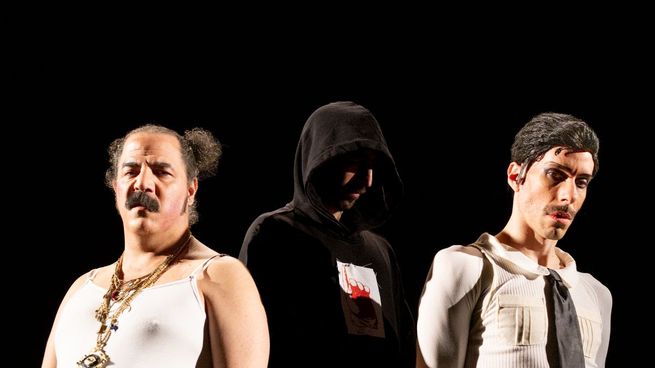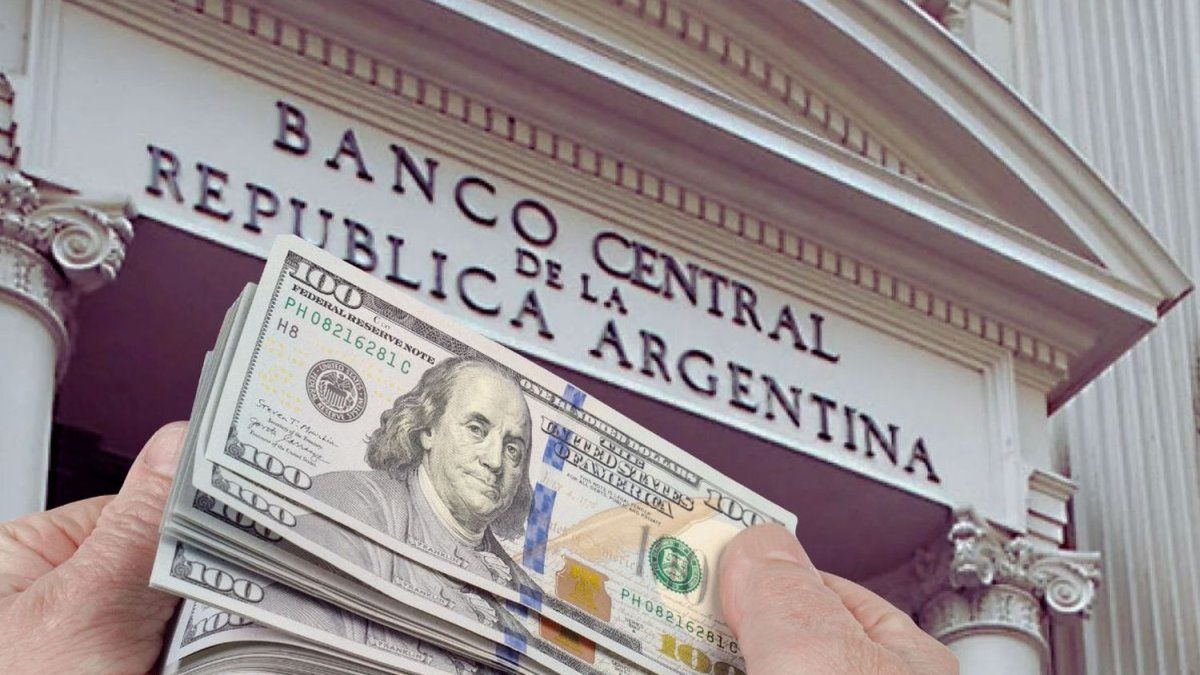“Osvaldo Lamborghini complete works. First part” is presented, a tour of the production of the Argentine writer and artist, 40 years after the death of the author of El fiord and El nino proletario. With dramaturgy by Ignacio Bartolone and Agustina Pérez, it features performances by Hernán Franco, Juan Isola and Valentín Pelisch.
“Independent theater has its language and poetics, which operates as a war machine against the present and mimesis, against the ghosts that are not in the theater and are the ones that haunt us, opportunism, politics and social networks,” says Ignacio Bartolonewho premiered last Friday “Osvaldo Lamborghini complete works. Part one”, a tour of the production of the Argentine writer and artist recognized as one of the most unique figures of the 20th century for his aesthetic commitment.
The content you want to access is exclusive to subscribers.
40 years after the death of the author of The Fiord and The Proletarian Child, the work is presented with dramaturgy by Bartolone and Agustina Pérezand the actions of Hernán Franco, Juan Isola and Valentin Pelisch. It can be seen on Fridays at 11 p.m. at El Galpón de Guevara (Guevara 326).


Bartolone It is based on a Lamborghinian premise: that of the “author of a single text.” The artist maintained that there was no discontinuity between his books and his plastic works, but rather they were tentative condensations belonging to a larger project, a work totally linked to life, as the avant-garde wanted. Lamborghiniwho claimed not to distinguish “between prose and verse,” also did not distinguish between word and image.
Journalist: How did you conceive dramaturgy to refer to something as conceptual as the continuum and the totality of this artist’s work? What is the story being told?
Ignacio Bartolone: There are adjustments, cuts, assemblies but I assure you that everything that is said in the work comes from Lamborghini’s published books. The idea was not to adapt or make a version like so many have been done, the proposal was to take the texts by storm and decide on an angle that would allow a possible story hypothesis. The first part of the author is worked with works published during his lifetime. The scenic device consists of writing with your own words above the words, the question could be fragmented into small chapters about your way and desire to write. There is one dedicated to The Fiord, his first book, there is a filmed moment where Sebregondi and The Proletarian Child are read. It is a different show, there is no story, you see a work like a book put on stage.
Q: How did you approach the productions of those books?
IB: Reading operations were carried out on the basis that they are mythical texts. With El fiord it was necessary to determine a new way of poetically ordering the text through the different mentions made to parts of a body that are suffering attacks. Genitalities are indicated and form the idea of a political body, which is one of the lines that interpretation could point to. The text outlines political content typical of a moment, the quarrel and the coven of the militancy of those times, with betrayals, a hotbed and a large sphere of confusion and shit, as Marechal said, because it is a super eschatological text. There is a moment in the fiord, like everything in his work, that reveals issues from his own life and talks about a family matter.
Q: How valid is your work today or how can we update it to our days?
IB: He was of such preponderance that much of his writing or style underlies today’s literature, of various types. Imitating it is impossible and its level of updating is a matter of time until at some point next year someone once again declares themselves a Lamborghini reader. In his work there is an internal and silent current that shoots into areas typical of the literature of the present, which for me is the most resonant. I am referring to literature that is not market-based but has preponderance in political and language terms, marking a moment for many readers. I’m talking about Pablo Farrés, Agustina Pérez, Agustin Conde de Boeck, literature that in some way illuminates the great plain of the joke that Lamborghini marked. He is an author who has not been read at all, there is something about his genius and hermeticism that makes him read slowly, it is not literature of pleasure.
Q: How do artistic areas such as projections, movement design or dolls intervene?
IB: It is a work that responds to the complex theatrical logic that is group. There is a video, music on stage, great actors, the logic of segmenting by chapters and thinking of hypotheses of representation or collage that would allow us to advance in that dense jungle that is the work of Lamborghini. I did not make an adaptation but rather I took the trouble to stage those texts.
Q: How do you see theater and culture today?
IB: Beyond the adversities of what is happening, which is insane, I see the theater as good and energetic, young people do new things and older people reflect on what they did. Something typical of here happens, with so much theatrical variety, which provides a beautiful dialectic and aesthetic functions. Anyone who does theater has an opinion about what is done and that generates thought. The future of theater has to take into account many things to survive in material terms, however theater continues to offer issues closer to ritual. There are mystiques that no platform offers. It is an event that remains paradoxical where the sacred congregates. Theater has the unique function of giving back in a metaphysical way in a context of decentering of man. Independent theater has a complex need for material subsistence but it is worth thinking about this tradition and power full of aesthetic singularity. That protects us and makes us think about how to produce a theater that does not negotiate with the market, not because it is against that theater but rather because it does not negotiate in aesthetic terms.
Source: Ambito
I am an author and journalist who has worked in the entertainment industry for over a decade. I currently work as a news editor at a major news website, and my focus is on covering the latest trends in entertainment. I also write occasional pieces for other outlets, and have authored two books about the entertainment industry.




